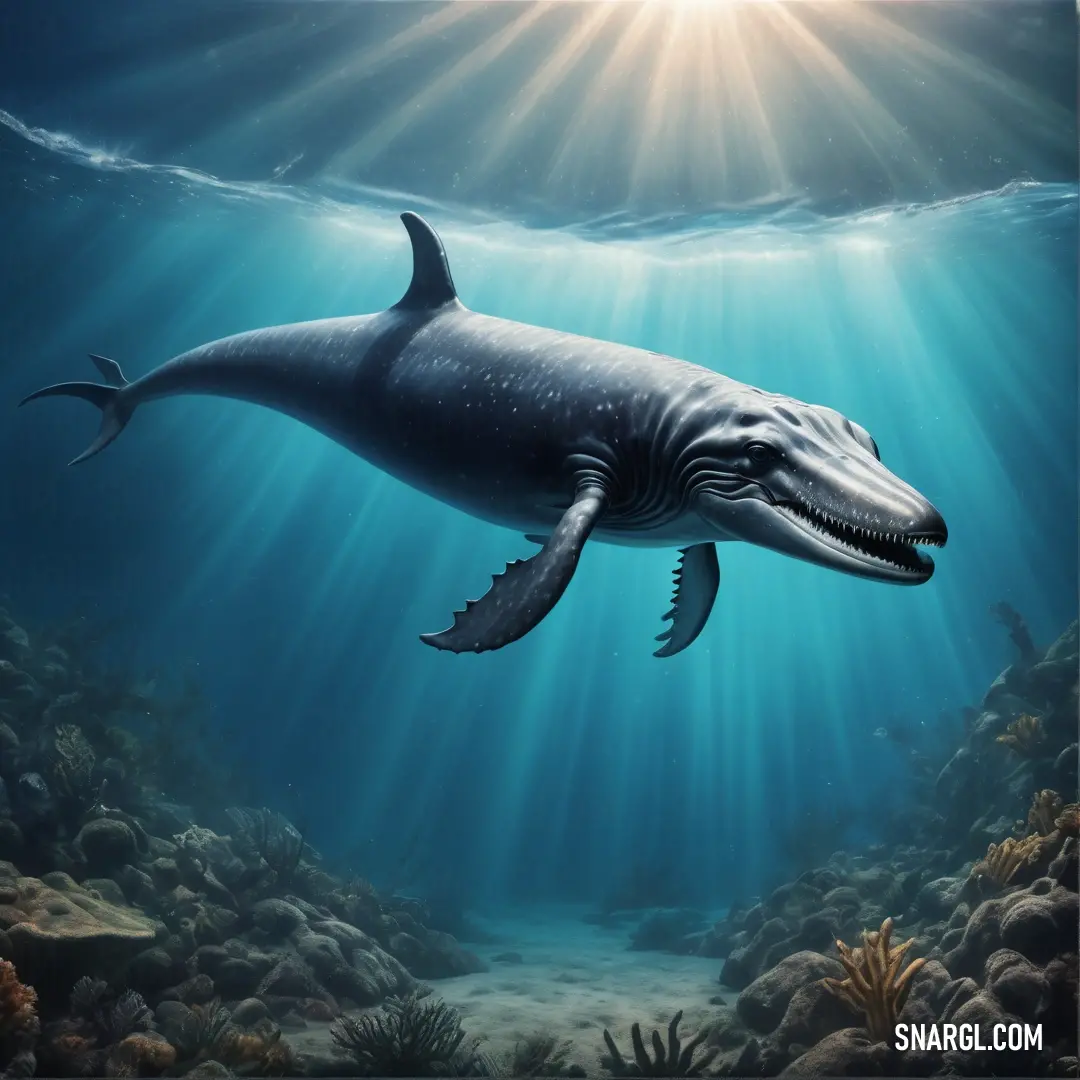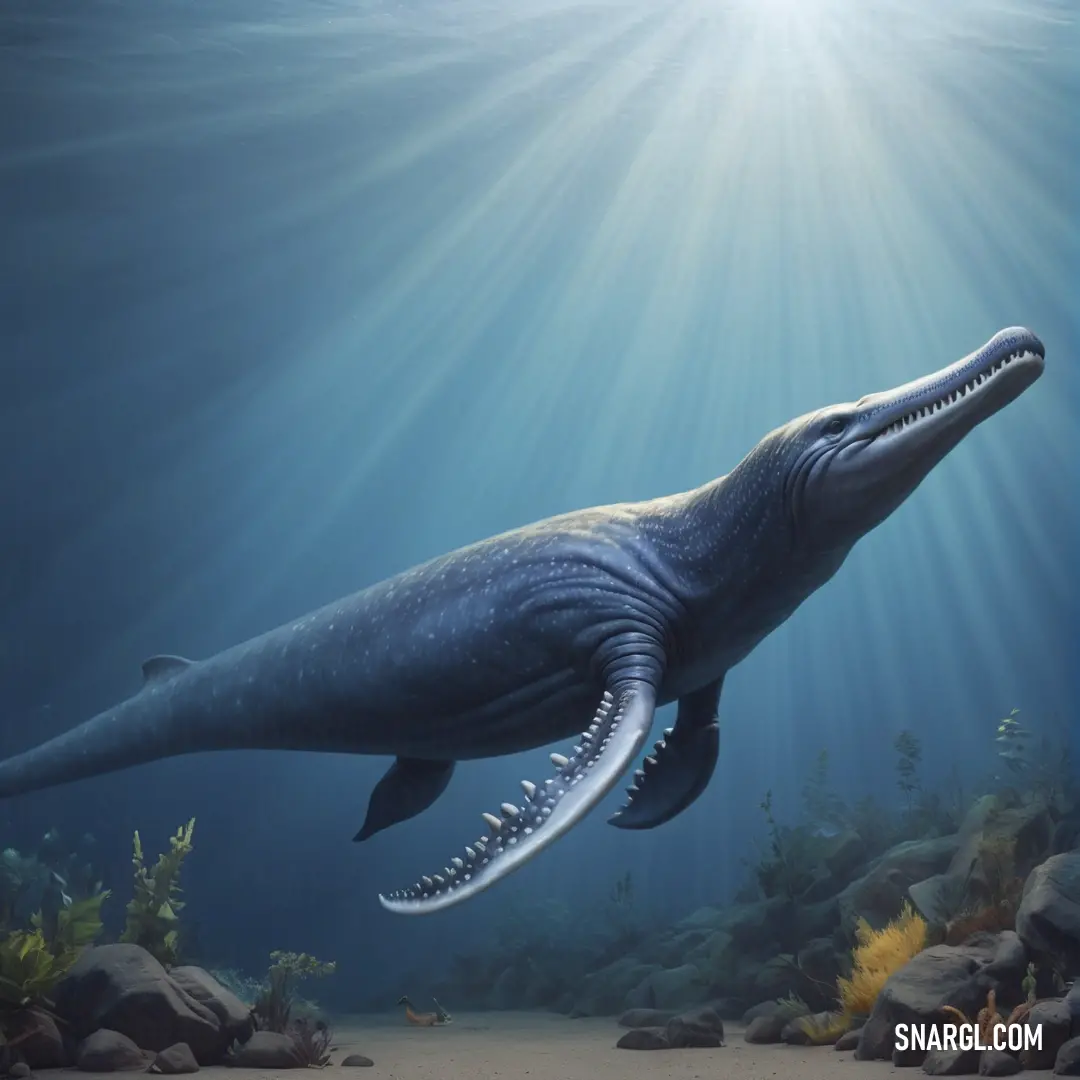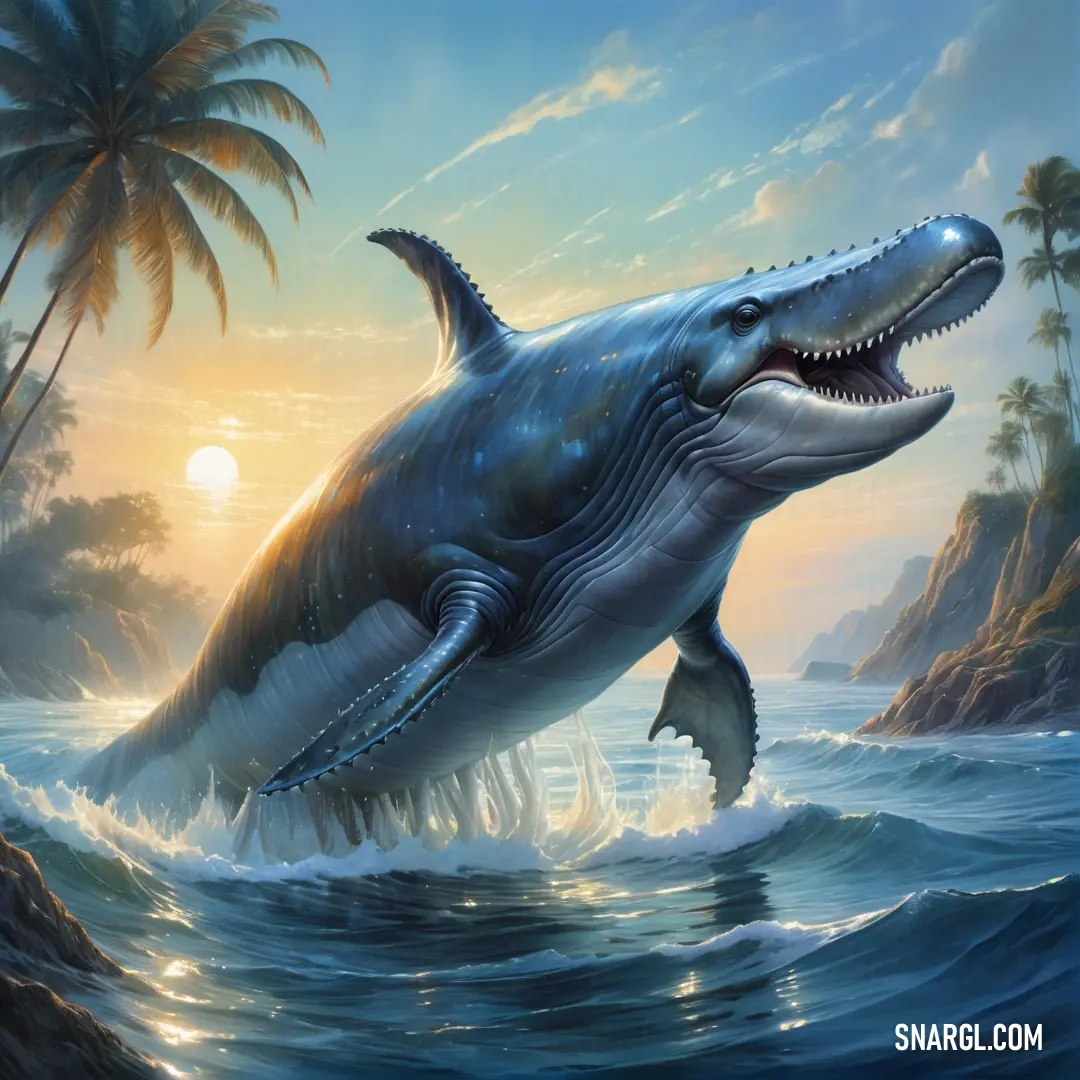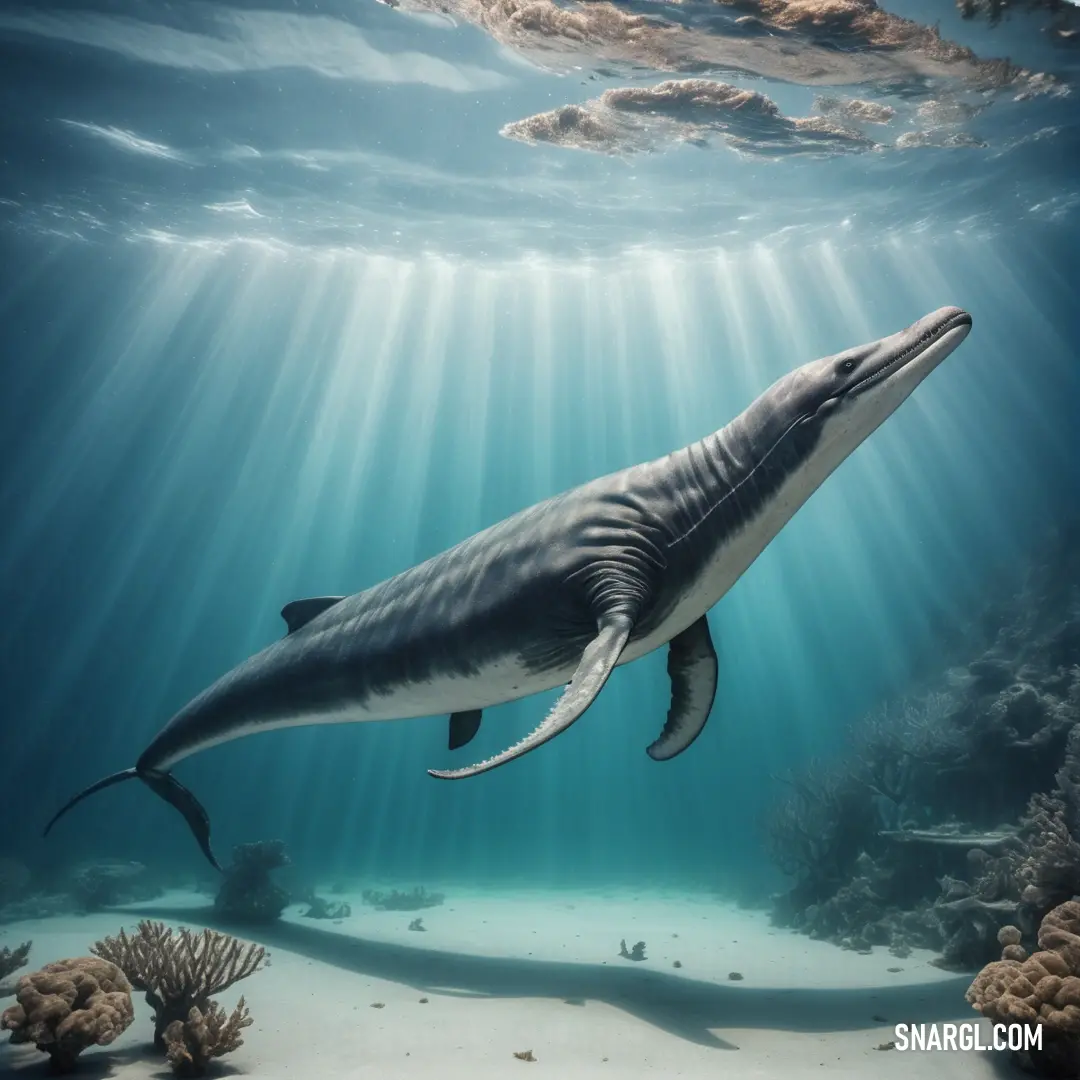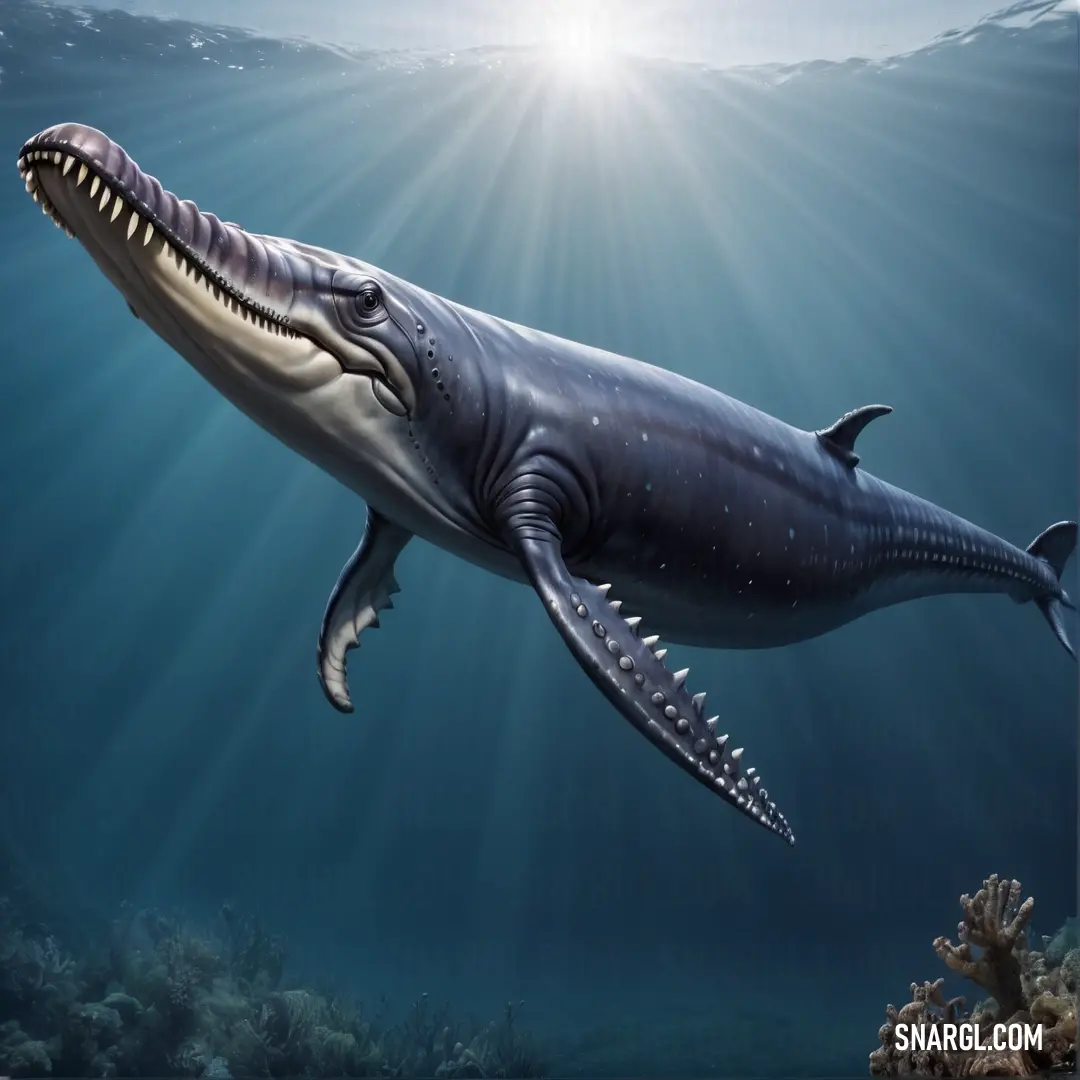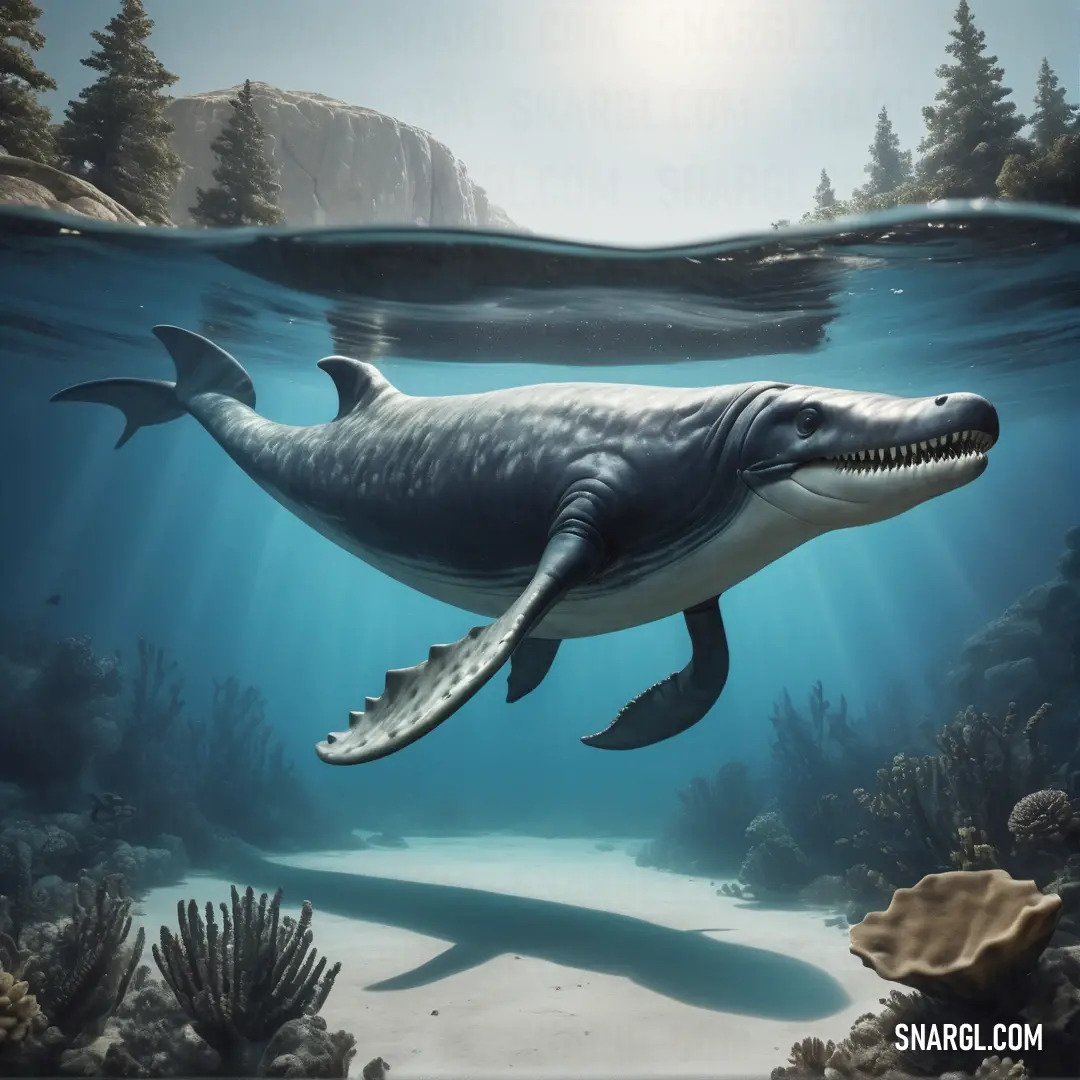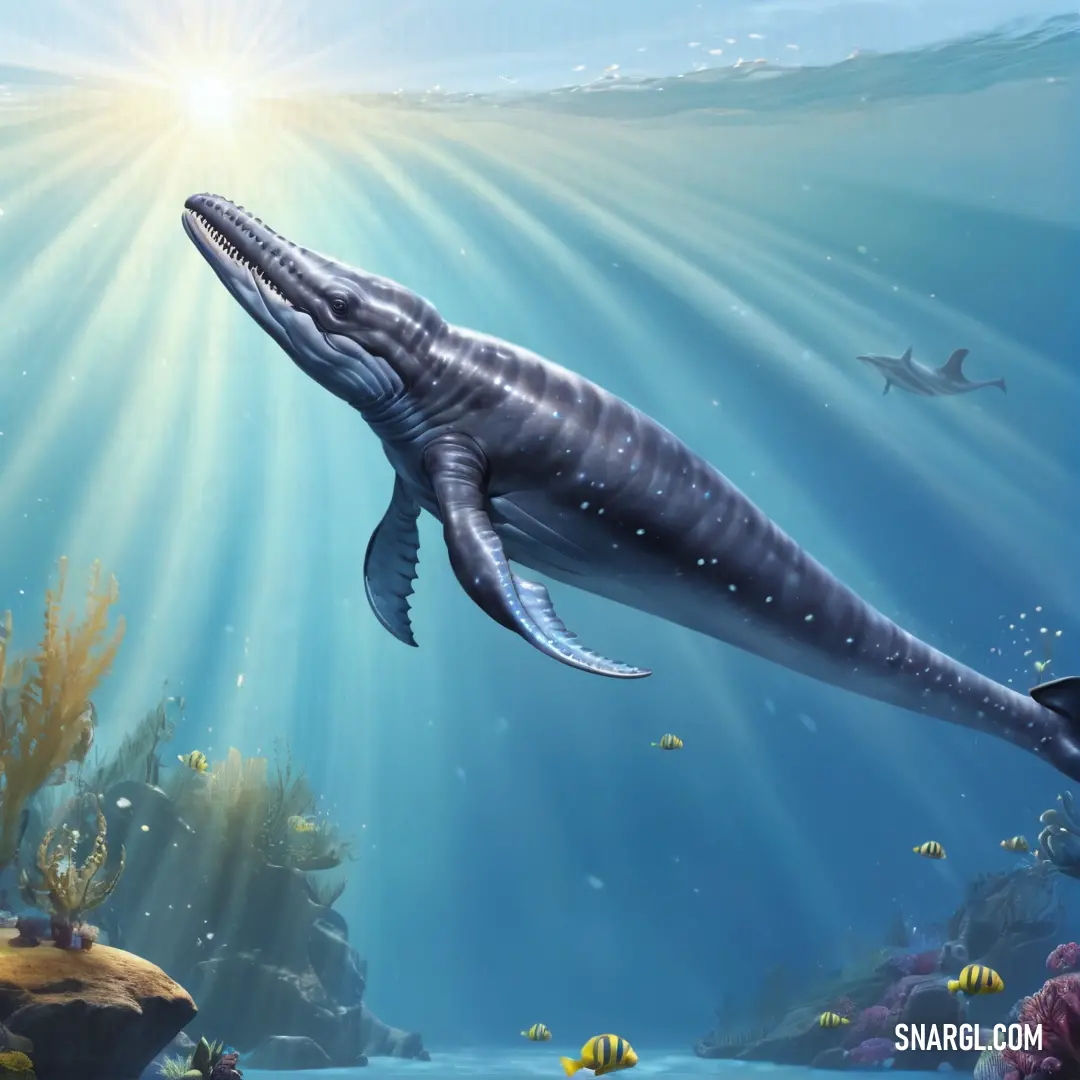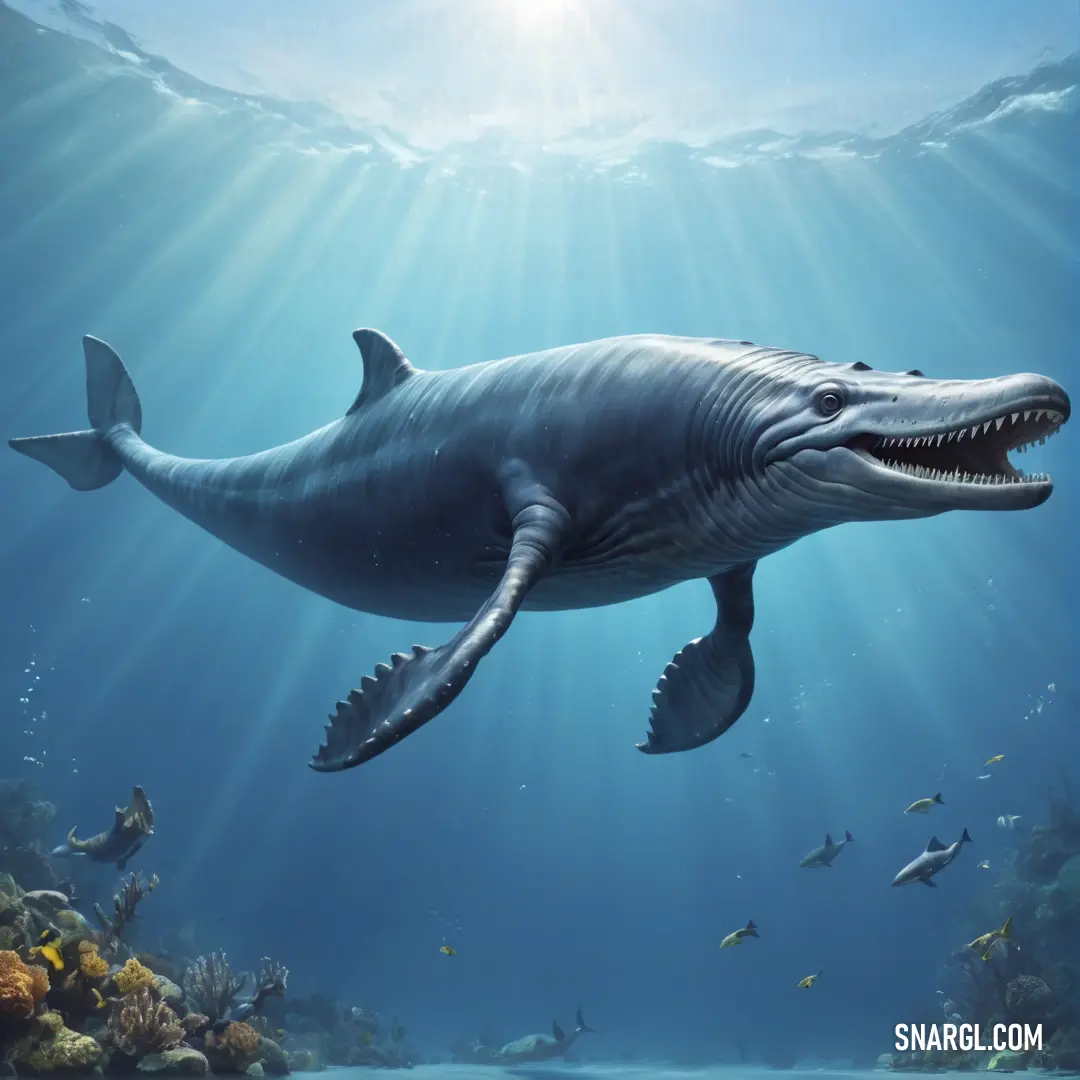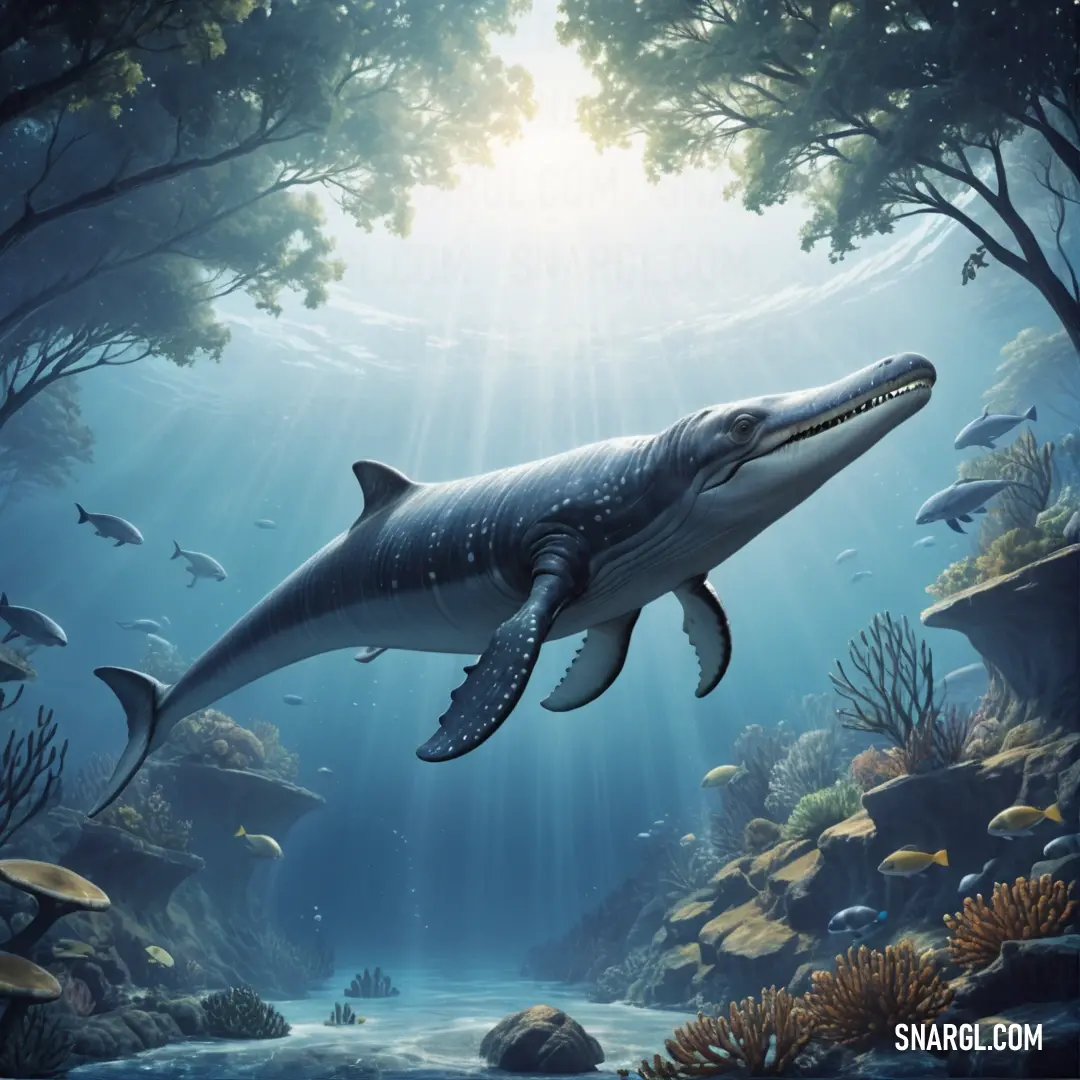
Basilosaurus
What kind of animal is Basilosaurus?
Basilosaurus was a genus of large, predatory, prehistoric whales that lived in the late Eocene, about 41.3 to 33.9 million years ago.
It was one of the first archaeocetes, or ancient whales, known to science.
Basilosaurus had a long, slender, serpent-like body, and a relatively small head.
It had 44 teeth of different types, such as canines, molars, and serrated teeth, which it used to catch and chew its prey.
It fed on fish, sharks, crabs, squid, and other marine mammals, such as the dolphin-like Dorudon.
Basilosaurus had two front limbs that were modified into flippers, and two hind limbs that were very small and probably useless for swimming.
These hind limbs reveal its terrestrial origin, and may have been used for mating rituals.
Basilosaurus was one of the largest animals of the Paleogene, and the top predator of its environment.
It measured between 15 and 20 meters in length, and weighed between 5.8 and 6.5 tons, depending on the species.
There are two known species of Basilosaurus: B. cetoides, which was found in North America, and B. isis, which was found in Africa and Asia.
Basilosaurus means "king lizard" in Greek, because it was originally thought to be a giant reptile.
However, it was later discovered that it was a mammal, and a close relative of modern whales.
Basilosaurus is considered one of the most advanced and specialized archaeocetes, and one of the first fully aquatic cetaceans.
Where does the Basilosaurus live?
Basilosaurus was a genus of prehistoric whales that lived in the late Eocene, about 41.3 to 33.9 million years ago.
They were among the first fully aquatic cetaceans and had a snake-like body shape.
Basilosaurus fossils have been found in North America, Eurasia, and Africa, indicating that they were widespread in the ancient Tethys Ocean.
Some of the most famous fossil sites are in the southeastern United States, such as Alabama and Louisiana, where Basilosaurus was first discovered and named.
Another important fossil site is the Wadi al-Hitan (Valley of the Whales) in Egypt, where many skeletons of Basilosaurus and its prey, the smaller whale Dorudon, have been preserved.
Basilosaurus was the largest mammal of its time and reached a length of about 18 meters.
It had a small head, a long neck, and a powerful tail with a fluke.
It also had tiny hind limbs that were probably useless for swimming, but may have helped in mating.
Basilosaurus was a top predator that fed on fish, sharks, and other marine mammals.
It had different types of teeth, such as canines and molars, that allowed it to chew its food.
It also had a flexible jaw that could open wide to swallow large prey.
Basilosaurus was an amazing animal that shows how whales evolved from land mammals to sea creatures.
It was one of the most successful and diverse groups of cetaceans in the Eocene, but it went extinct at the end of the epoch, probably due to climate change and competition from other whales.
What does the Basilosaurus look like?
Basilosaurus was a prehistoric whale that lived about 40 million years ago.
It had a long, slender body that could reach up to 21 meters (70 feet) in length.
It had a small head with a long snout and heterodont teeth, meaning it had different types of teeth for different purposes.
It had a pair of tiny hind limbs that were useless for swimming, and a powerful tail fluke that propelled it through the water.
It had smooth skin that was probably dark on the back and light on the belly, like modern whales.
Basilosaurus was a top predator that fed on fish and other marine mammals.

